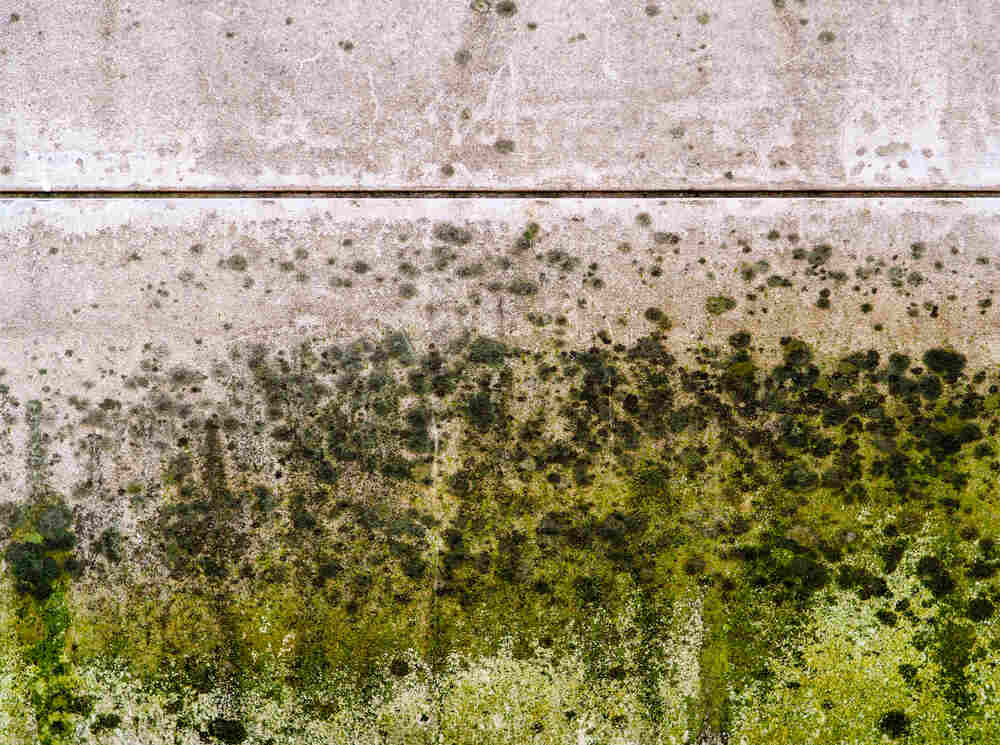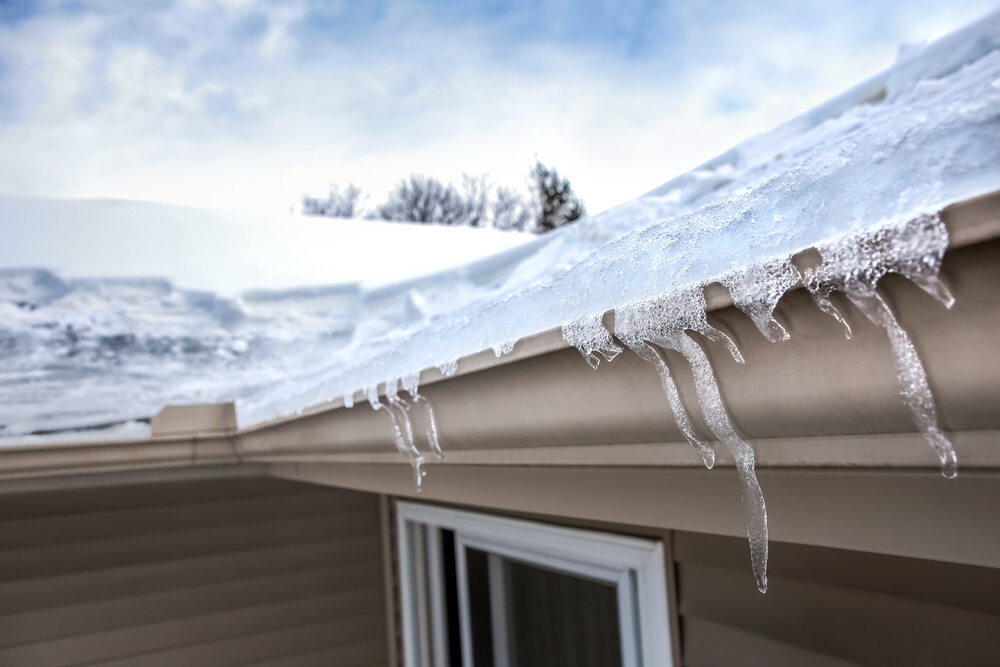Colorado’s beauty can be a double-edged sword for your home’s exterior. The sunshine and mountain views are undeniably stunning. However, frequent freeze-thaw cycles, heavy spring snow, and summer monsoons can all wreak havoc on your house exterior.
One of the first lines of defense is your siding which can be particularly susceptible to water damage. Left unchecked, this moisture intrusion can lead to expensive repairs and even structural problems.
The good news is that you can take control. By knowing the early warning signs of water damage, you can address the issue promptly and avoid a major headache.
Let’s explore the four key signs of water damage to siding specific to Colorado’s climate.
1. Warping, Blistering, and Bulging
Imagine your siding is like a tightly stretched canvas. Normal temperature changes cause it to flex slightly, but when water gets behind it, that canvas has nowhere to go. This trapped moisture can cause the siding to warp, pushing outwards in a wavy pattern.
For example, water damage behind vinyl siding can manifest as blistering. This is where the surface separates from the backing material and forms bubble-like protrusions.
More severe cases might even cause the siding to bulge outwards, putting stress on the underlying structure.
2. Cracked or Split Siding
The freeze-thaw cycles in our region can make existing cracks in siding worse.
When water gets trapped in these cracks and freezes, it expands and widens the gaps, potentially causing new fractures. This weakens the siding’s protection and can also cause unattractive damage.
Cracked siding is more prone to future water damage, which can lead to rot and structural issues. So, it’s important to regularly check for cracks and fix them quickly to maintain the health and strength of your siding.
3. Peeling Paint and Stained Siding
A healthy coat of paint acts as a protective barrier for your siding. However, water can break down the adhesive properties of paint, causing it to peel and crack. This can expose the underlying siding material to further moisture damage. On top of that, it can detract from the overall look of your home.
You’ll also want to keep an eye out for stains on your siding. Particularly along the bottom edges or near areas where water runoff might collect. This can be a telltale sign that water is running down the exterior walls, potentially seeping behind the siding.
Early detection and repainting with high-quality paint can go a long way in preventing more serious issues.
4. Rotting Wood Underneath Siding
If your home has wood siding, prolonged exposure to moisture is a recipe for disaster. Water trapped behind the siding creates a damp environment perfect for wood rot to take hold. This fungal menace weakens the wood structure, causing it to become soft, spongy, and lose its integrity.
Look out for any soft spots in the siding. Catching wood rot early is crucial to prevent the need for extensive (and expensive) repairs.
Taking Action: Don’t Let Water Damage Win
Discovering signs of water damage to your siding can feel overwhelming. But remember, catching the issue early is key to preventing costly repairs and structural problems. So, what should you do?
Don’t attempt any major repairs yourself. Instead, contact a professional siding contractor like GS Exterior Experts. We can assess the extent of the damage, identify the source, and recommend the best course of action.
Frequently Asked Questions About Water Damage to Siding

What Happens When Water Damage is Behind the Siding?
Water trapped behind siding can lead to a cascade of problems. As we’ve discussed, it can cause warping, blistering, and cracking of the siding material itself. More importantly, it creates a damp environment perfect for mold growth and wood rot.
Can You Repair Water Damaged Siding?
The good news is that in many cases, water-damaged siding can be repaired. The key is early detection and intervention.
For minor issues like peeling paint or small cracks, repairs can be relatively straightforward. However, for more extensive damage like rotted wood or warped siding panels, replacement might be necessary.
If you’re planning a siding replacement project, consider fiber cement siding for water damage control. This material offers superior strength, durability, and resistance to water damage compared to traditional wood or vinyl siding.
Does Homeowners Insurance Cover Water Damage to Siding?
Homeowners’ insurance policies typically cover sudden or accidental water damage. If a burst pipe or unexpected storm causes water to infiltrate your siding, your insurance might offer protection.
However, water damage caused by poor maintenance or lack of proper weatherproofing might not be covered.
The specifics of your coverage will vary depending on your individual policy. It’s crucial to carefully review your homeowners’ insurance policy documents to understand your coverage.
Protect Your Colorado Home
Here at GS Exterior Experts, we understand the importance of protecting your home from the elements. Our team of experts can help you choose the perfect siding solution and ensure a professional installation.
Don’t wait until water damage becomes a major problem. Take control and safeguard your investment.
Explore all our siding product options at GS Exterior Experts today.




